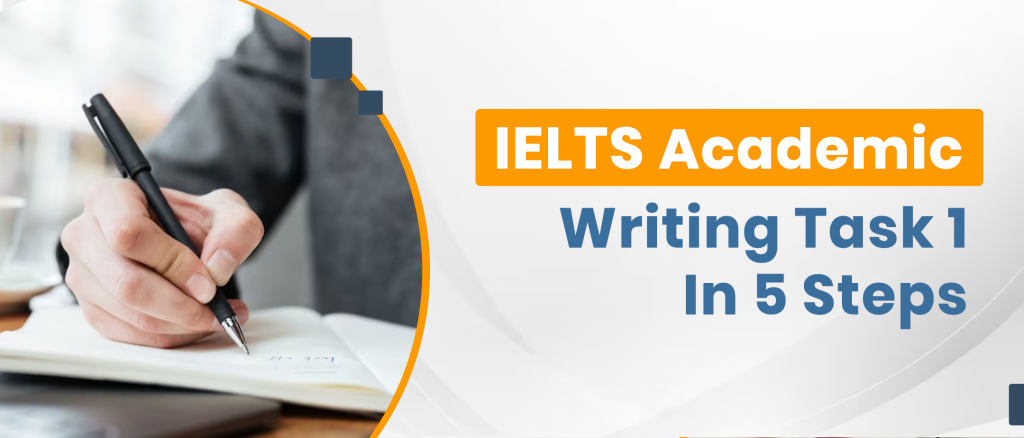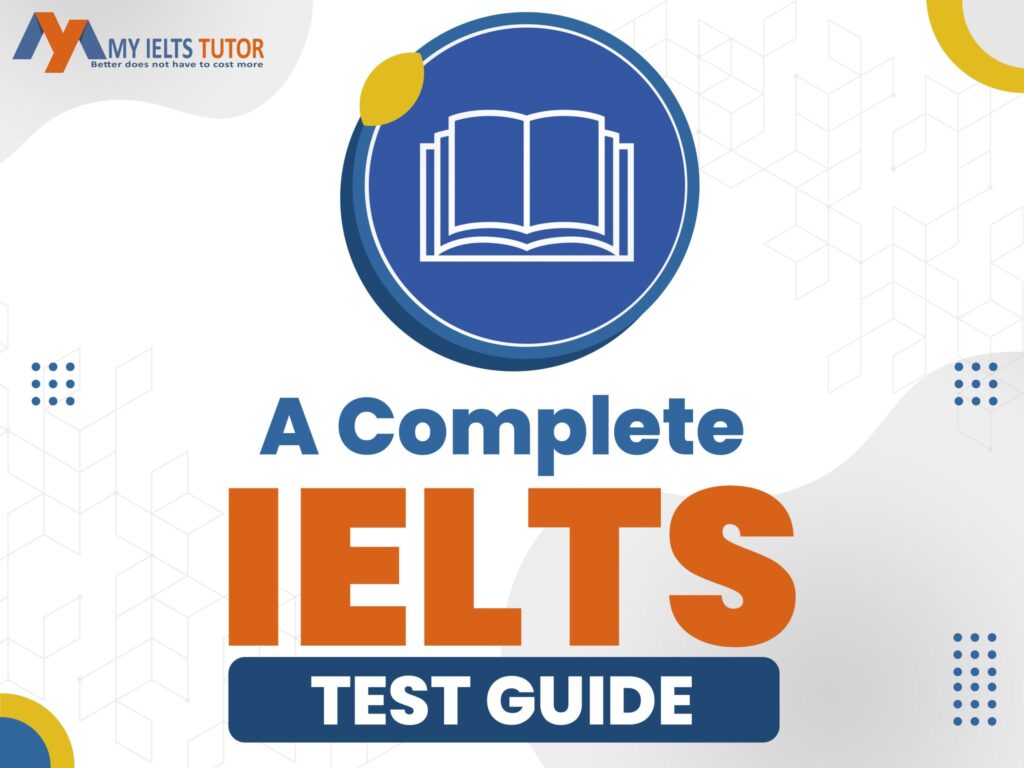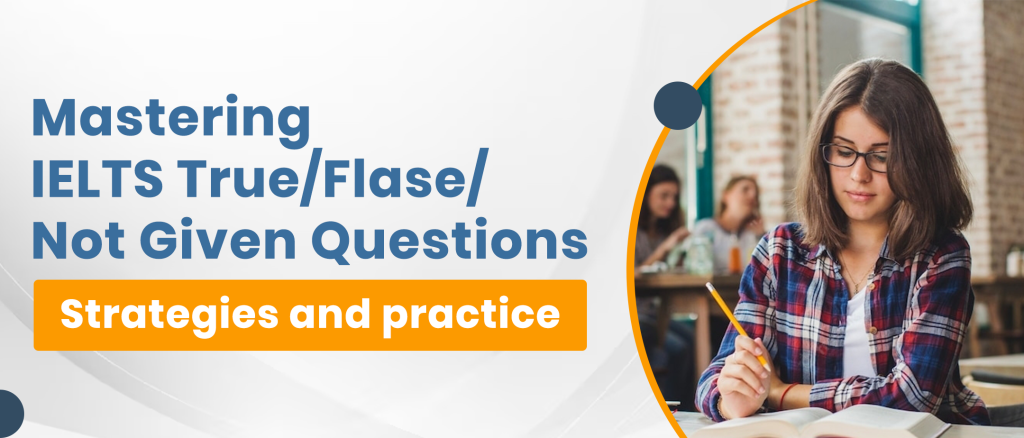Things to Keep in Mind Before Taking the IELTS Listening Test.

IELTS Listening Test is the first module of the test, students get during the exam. In this section, the examiner plays a few audio recordings. These recordings are either in the form of monologues or conversations, and the students have to answer questions accurately based on the audio to score high bands in the IELTS Listening test.
If you wish to go abroad and want to score 8777 on the IELTS test then Listening can do half your job.
Things to keep in mind before taking the IELTS Listening test.
- There are two types of IELTS Listening test : Academic and General. However, the listening module is the same in both types of exam categories.
- The test is for 2 hours and 45 minutes, but, IELTS Listening is of 30 minutes in total.
- If you are going for a paper-based test, there will be 10 minutes to transfer your answers from rough (if needed) to the actual answer sheet.
- For a computer-based test, students will have 2 minutes to check their answers.
- The module includes four sections, each with 10 questions and the level of difficulty in order to sections.
- Every question is of 1 mark with no negative marking. Therefore 40 questions for 40 marks.
- As this section has audio recording, the students will have time to review questions before the examiner plays audio. After the audio is finished, candidates will again have some time to check their answers.
- The examiner defines a few instructions for each section of the IELTS Listening module.
Why are Instructions important for the IELTS exam?
There are four elements of the IELTS test namely, Listening, Reading, Writing, and Speaking. To prepare well for the IELTS exam, students must understand the examiner’s instructions as they limit the word count of their answers.
These instructions come with questions and look like, ‘Write NO MORE THAN THREE WORDS AND/OR A NUMBER for each answer.‘ The statement guides the candidate to answer the questions of that particular IELTS Listening section with a word limit of 3 words and no more than that. The students for the above instructions can include a number along with 3 words if the answer demands.
Similarly, there are instructions such as Write no more than two words or/and a number, One word only, One word or/and a number. To avoid inputting the wrong answer, be mindful of the word count limit and instructions during your exam.
After the students are thorough with what these instructions mean, they must clearly understand how the IELTS Listening module is classified.
How is the IELTS Listening module classified?
The classification of the listening module of the IELTS test is given below;
| PARTS | CLASSIFICATION | EXAMPLE | TASKS |
| PART 1 | The first part of your listening test will include the social content. It’s always a two-person conversation. Most frequently, it’s a phone chat querying about some information. | A phone query to book a hotel reservation or to register for a course. | This section generally has 1 or 2 tasks. It could be note completion or form completion. |
| PART 2 | This section has a monologue. There will be one speaker who will speak to his or her audience on specific topics in order to provide information. | A hotel supervisor briefing on the available facilities or a tour guide describing the location’s historical significance is both excellent examples. | There are 2 tasks. They could be a table, sentence or flowchart completion. |
| PART 3 | In the third section of the IELTS Listening test, the examiner will play audio of a conversation between 3 or 4 people. The topics generally involve educational content. | Some students talk about a college lecture, course or subject. | Up to 2 tasks with map labelling, diagram labelling, Multiple choice questions |
| PART 4 | A complete academic monologue ends the test regarded as one of the most difficult of the four sections. | A speech on a historical topic. | Up to 2 tasks, including Matching and Filling the blanks. |
6 ways to boost your IELTS Listening band score from 6 to 8 bands
After having a brief of how the questions appear in the IELTS exam’s actual listening test and how they are classified in different parts, students must be aware of ways to tackle them. This module of the test includes the audio recordings played only once. You will not hear them twice; therefore, I will reveal a few secret tips to boost your scores of IELTS Listening and get a perfect band 9.
Time Management
During the listening exam, my students frequently comment that they don’t have enough time to look at the questions or write responses. In the listening exam, it is critical to use your time carefully. Because all students have the same amount of time, students who manage their time well will receive higher grades than students who do not. Take note of how much time is given to you in the instructions: “Now have some time to look at questions 20 to 24” OR “Now you have half a minute to check your answers.”
When it comes to time management, understanding questions quickly and knowing what to listen for is essential. Manage your time wisely with good listening skills as above all training will help you get better at these things—best of luck with your upcoming IELTS exam.
Be attentive
However, the IELTS Listening difficulty rises as the students proceed with questions, but the examiner also allows cracking answers using indicators and plugins. The examiner uses certain words like however, but, finally, that helps anticipate the speaker’s idea. Try to acquire a sense of what’s going on. You’ll get a short introduction before each part, which is essential to note. It appears for example: ‘Now, you’ll hear a chat between…’ or ‘Now, you’ll hear a lecture on…’ Be aware that this information is not mentioned on the question paper.
Please note who is speaking, why they are talking, and where they are located. Such parameters will make the rest of the tape much more accessible for students to comprehend.
Avoid Distractors
Being attentive and avoiding distractors works hand in hand because the examiner induces several types of distractors in the IELTS Listening Test. Distractors are most commonly seen in dialogues, where one speaker says something and the other speaker corrects him or her. In order words, you’ll hear two different versions of the identical piece of information. One is correct, and the other is erroneous, and if you don’t pay attention, it’s obvious to write the incorrect one. Another example of the examiner distracting students is by setting traps using similar keywords the wrong way in the audio. These distractors may cause you to make dumb errors on the test, so be prepared to deal with them on test day. Avoid them to improve your IELTS Listening scores.
Have Patience
The examiner plays the audio once; therefore, make sure to understand the idea, listen to the correct word in their singular or plural forms, have eyes peeled on questions, and most importantly, write the correct spellings. Doing all such tasks at once can make students impatient. They also tend to lose on listening to some part of the recording and hence miss on questions. You can also be on their part, so be patient whether you miss one question as there is a long way to go. You have the rest of the questions to respond precisely to boost your listening test bands.
Instructions
As mentioned earlier, Instructions are essential to answer the correct way. If you do not follow the examiner’s prescribed guidelines, your answer will not be given attention while marking.
Correct Spellings
Writing the answers to your IELTS listening module with correct spellings is as essential as getting them right. For instance, the speaker in the audio meant ‘principal’, but the answer is incorrect when you write ‘principle’. You heard the examiner right yet misinterpreted the meaning. Some most commonly repeated words appear in the IELTS exam; practice them to avoid errors such as incorrect spellings.
The students can point out these mistakes while practicing for the IELTS exam to improve listening scores. However, be aware of the types of questions appearing in the IELTS Listening section for a perfect band 9.
Wait a minute, Do you need 8+ bands in IELTS Listening?
If yes, How many questions must be correct?
IELTS Listening Band Calculator
| Each Question carries 1 mark | |
| Marks obtained | Bands |
| 39-40 | 9 |
| 37-38 | 8.5 |
| 35-36 | 8 |
| 32-34 | 7.5 |
| 30-31 | 7 |
| 26-29 | 6.5 |
| 23-25 | 6 |
| 18-22 | 5.5 |
| 16-17 | 5 |
| 13-15 | 4.5 |
| 11-12 | 4 |
Now that you know how many marks you require as per the band desirability. The following is the IELTS exam question list, and you may encounter some of them in your actual IELTS test. Jot down the ones you find easiest to score as per your overall IELTS band requirement.
Types of Questions appearing in the IELTS Listening test
Although there are only four parts to the listening test, the types of questions differ for every exam. The students may encounter some of the following mentioned questions in their real IELTS test.
Form completion | Note completion | Summary completion
The students get questions like Note Completion or Form completion in the first part of the IELTS listening test. These questions are nothing but fill-ups. You will have missing gaps in a statement to fill up with usually exact words of the speaker from the audio. The difficulty level is the easiest compared to other parts of the test because of the order of difficulty criteria. The students must try their best to get all 10 questions of section 1 correct to grab easy bands with no effort.
The students might also get a conversation where the speaker corrects himself. For example, ‘It’s Loren gram, no Loren gran spelt with N.’ Do not take this negatively as it is distracting but instead take it positively that the speaker is helping you write the correct answer.
The best example of Form Completion is a quotation form of a company.
Besides form completion, note completion is also attributed to fill-ups, and in this task, there will be notes. The speaker will systematically give a piece of information. Moreover, if the speaker summarizes the information on a topic stepwise, it is Summary Completion.
IELTS Listening Sentence completion
Sentence Completion in the IELTS Listening Test part will provide you with a sentence to complete based on the audio you hear. The blanks might exist anywhere in the statement, but they are most commonly framed near the conclusion. Identifying what queries you are aiming for is by far the most crucial aspect. Moreover, practice more Sentence Completion question tasks of the IELTS Listening Test module and learn tips and tricks to crack them easily.
Commonly seen in the first section of the listening module, the examiner places a lot of distractors in this question task.
Table completion
In addition to the above question tasks, the examiner also frames Table Completion in the IELTS Listening test.
Table completion is a prevalent type of question to show up in any part of the listening exam. Spend time crafting the headings and predicting the table’s lacking material. Also, pay attention to the maximum number of words that can be used in the replies to improve the score. In this task, the examiner asks to fill the missing gaps in the table, and these gaps generally include the main points discussed by the speaker during a conversation or a monologue.
A most important tip to solve table completion is taking notes of important points during the recording because, in the actual test, the recording is played only once.
Flow-chart completion
Yet another critical question task of the IELTS Listening Test module is Flow chart completion. This task depicts the steps of a process. There will be a beginning and a finish to the procedure, with various steps in between.
A flow chart in IELTS Listening may include almost anything that can be broken down into stages, such as a lecture or essay outline, an application procedure, training course stages, or an explanation of the manufacturing process.
Having moderate difficulty, this question task usually appears in section 2.
Matchings
To assess a candidate’s English language skills, the IELTS Listening Test section includes a range of question formats, and one such is Matching, which tests an aspirant’s detailed English comprehension.
IELTS Listening Matching is a task where you must choose one correct option from a numbered list. The recording gives a detailed discussion on a topic. For example, two people talk about a certain issue, agree, disagree, or exchange their perspectives on one or more aspects of the topic. The options you choose from are always a condensed version of a more in-depth discussion and to correctly reply to IELTS Listening Matchings, the candidate must first comprehend who and what the statement is about.
IELTS Listening Multiple choice questions ( MCQs )
The examiner can frame two types of Multiple Choice Questions. One is to choose one correct answer and another choose multiple answers. IELTS Listening Multiple Choice Questions are difficult and therefore usually appear in section 3 or 4 of the test. The task is difficult because there are long sentences to read and choose a correct response in very little time. In addition to that, sometimes, if any question candidate misses out on while hearing the audio, it is very likely to miss all questions and lose 5 or more marks.
Further, if the examiner asks to choose multiple answers with lengthy statements, it becomes harder to answer and gain bands.
Map labeling | Diagram labeling
The last task of the listening module is map labeling or diagram labeling. Students might get puzzled by the recording and, therefore, may lose bands in this task. For example, the speaker explains some routes to various areas or floors in a college hall. Another example most commonly appears in the IELTS exam is of routing places of a complex such as restaurants, clubs, libraries, and likewise.
Diagram labeling, on the contrary, lets students label any picture based on the audio recording. For instance, two speakers discuss a bicycle and define various elements of it, such as tyres made of a particular material, and the students will have a similar option to label with tyres.
Both of these tasks of IELTS Listening Test are easy if students pursue good listening skills.
In conclusion, the Listening module of the IELTS exam is easy. The students can get 8+ or perfect band nine if they understand how to respond to them smartly.






